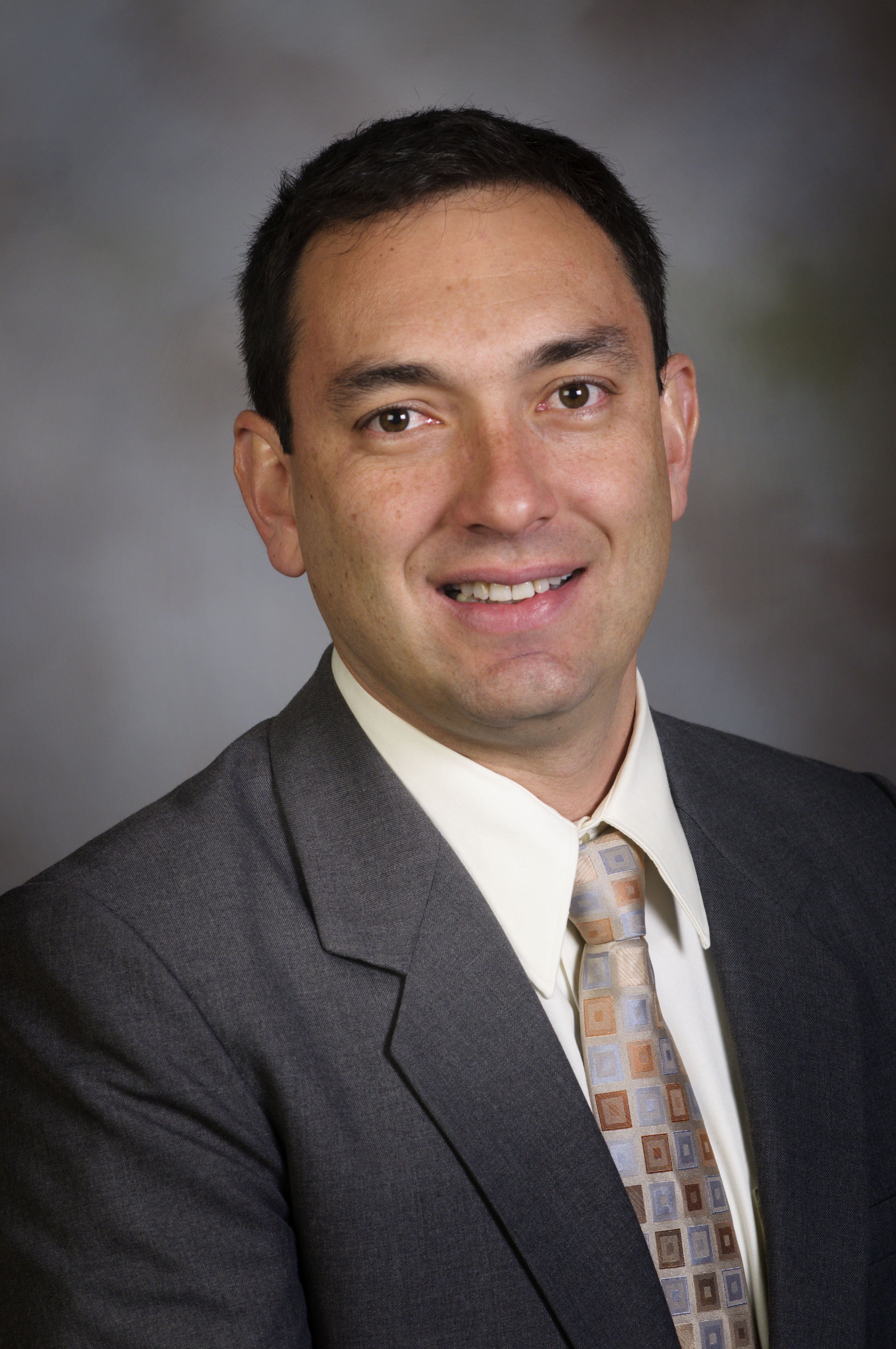A study of strong ground motion may show need to modify building codes

"In recent decades, population growth and scarcity of undeveloped metropolitan land have changed urban land use patterns and placed an increasing number of people and infrastructure in areas susceptible to topographic effects during earthquakes," said Adrian Rodriguez-Marek, associate professor of civil and environmental engineering at Virginia Tech.
"A major impediment towards understanding and realistically modeling topographic effects has been the lack of a statistically significant number of seismic recordings from densely instrumented sites with topographic features," Rodriguez-Marek added.
New testing conducted in a steep, mountainous region of Utah, using mining induced events, is providing a new set of data necessary for better predictions.
The testing is part of a large National Science Foundation (NSF) funded project involving five institutions across the United States, with Rodriguez-Marek of Virginia Tech serving as the principal investigator. This project focuses on increasing the understanding of the effects of surface topography on earthquake ground motions and seismic risk. The goal of the project is to develop design-ready tools to account for the effect of topography on ground motions.
In addition to Virginia Tech, the University of Washington, Georgia Tech, the University of Arkansas, and the University North Carolina at Charlotte are also participants. The project uses the Network for Earthquake Engineering Simulation (NEES) equipment sites at the University of California at Davis and at the University of Texas at Austin.
The first recordings included more than 50 mining-induced seismic events. Researchers from the University of Arkansas and the University of Texas at Austin gathered this first data.
According to Rodriguez-Marek, when the study is completed, researchers will have the necessary information to "modify building codes and to improve safety in the building environment."
Hillsides, ridges, and canyons are examples of sites where researchers do not have current reliable data to know how seismic shaking will be impacted by the ground features.
Although researchers have documented effects through observations of damage and the collapse of structures near the top of steep hills or ridges, "proper quantification of these effects" has not occurred because the areas did not have "densely-instrumented sites to record data," Rodriguez-Marek explained.
The test site in Utah stood about 2,000 feet above the long-wall mining activities of Deer Creek Coal Mine. The researchers placed 13, three-component sensors in a 3-D array over the ridge and hillside. Data was collected 24 hours a day for seven consecutive days. The 50 seismic events represented the first phase of a multiphase project. Additional data will be gathered at the Utah site this summer, and from tests at a geotechnical centrifuge at the University of California at Davis.
"As real earthquakes are infrequent and unpredictable, the shallow and predictable seismic activity induced by the stress relief that results from long-wall mining provides a good source of seismic energy for this study," Rodriguez-Marek said.
"Preliminary results clearly show higher ground motion intensity near the crest or peak of the slope," he added. The early data was used to calibrate mathematical models of the effects and to design the second phase of testing that occurred in the summer of 2011. Results are still being processed.
This NSF study includes a new bridge to the doctorate program geared toward increased participation and education of Hispanic students in the field of earthquake engineering.
"We hope to use our approach and collaboration among universities to serve as a model for increasing diversity in large, collaborative science, engineering, and technology research projects. Students from the University of Puerto Rico at Mayaguez have participated in summer studies at the University of Arkansas, and one student is currently enrolled at the University of North Carolina at Charlotte," Rodriguez-Marek said.




